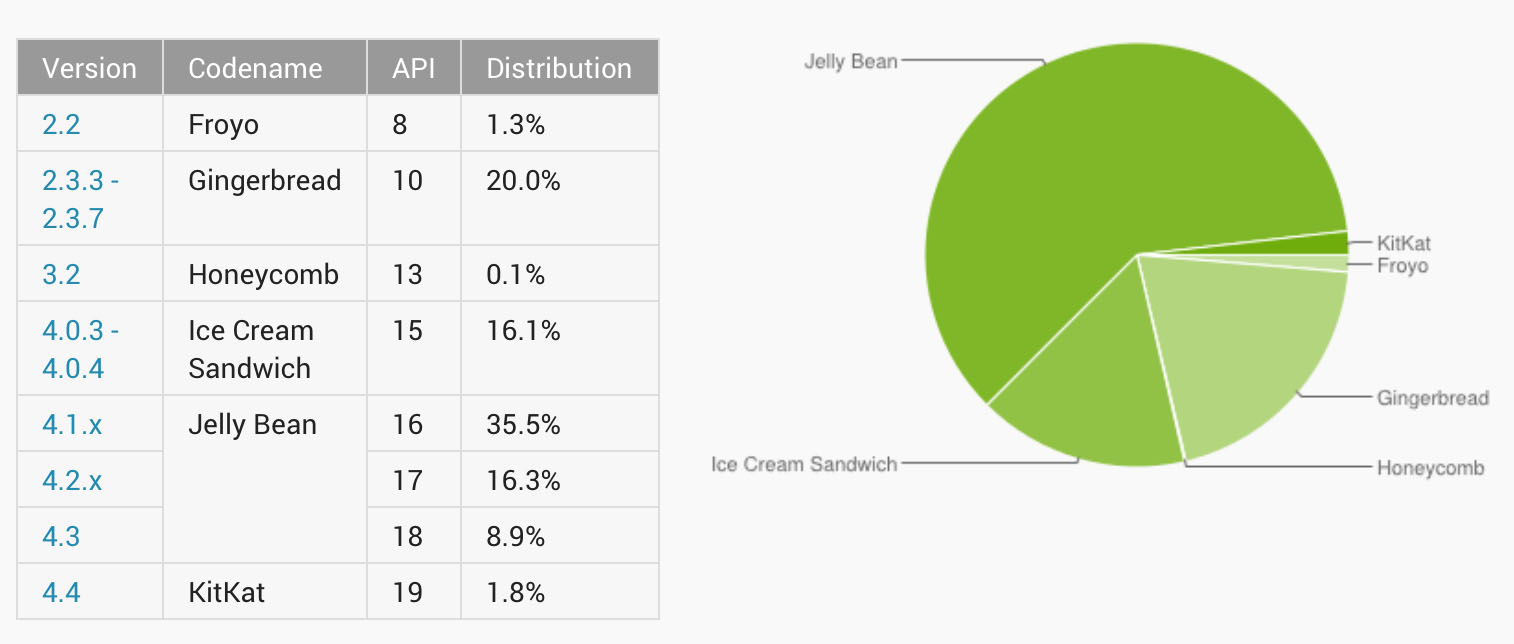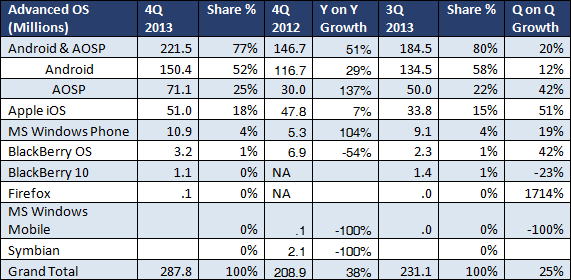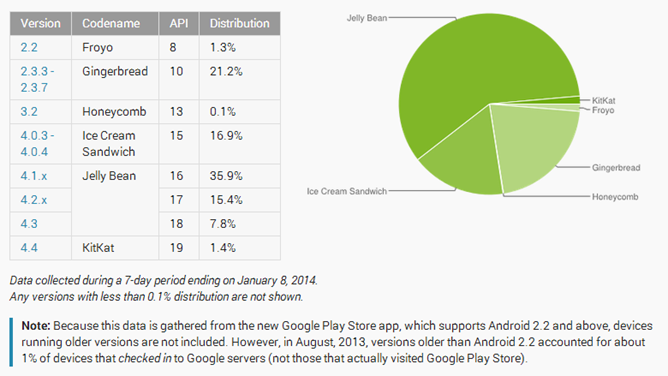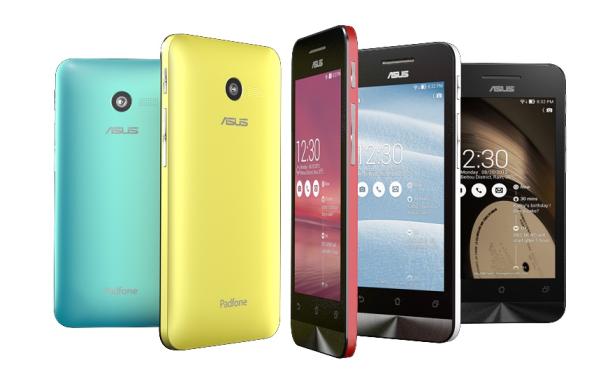One argument that keeps coming up when comparing Android and iOS is the update cycle and the many delays in getting new software versions from the various manufacturers. Even Google is responsible for perpetuating this debate, with its monthly platform version distribution numbers. However, at yesterday’s I/O, Sundar Pichai flipped this argument around for the first time, choosing to focus on Play Services instead of software versions.
Pichai’s point comes in answer to a Apple’s Tim Cook slide at Apple’s WWDC conference earlier this month. Cook had stated that the latest version of iOS is currently installed on 89% of devices, whereas Android’s latest has only reached a 9% base.

By focusing on version numbers, a significant advantage can be drawn in favor of iOS. After all, every new release is immediately available to most iPhone and iPad users, regardless of their location and carrier. The same can not be said about Android, where the new update hits Nexus devices first, then has to wait for manufacturers and carriers to trickle it down to everyone, sometimes months (if not a year) down the line.
However, Android devices have had one significant advantage over the past year that remains constant, no matter which device or software version you are running: Play Services. By releasing this app and updating it separately (and automatically) through the Play Store, Google has been able to bring many new features to new and old Android devices worldwide.
Google+ sign-in, app verification, and Android Device Manager are all packed into that one app and have been made available to Gingerbread and KitKat devices alike. You could also argue that the features that Google is additionally including in its separate apps (Keyboard, Chrome, Launcher, Camera, Photos, and so on) are a lot more significant than what has been added through software updates (KitKat for example offered emoji support, pedometer functionality, and wireless printing, among many other minor enhancements).
So even though the latest Android version doesn’t reach the majority of devices instantly, Play Services and all of Google’s apps do. Pichai announced that Play Services is installed on 93% of Android devices and is following a 6-week update cycle. He also highlighted the advantage of a quick reiteration cycle over complete software updates.
It’s a different strategy, sure, and Google had their back against the wall with Android’s openness and spread working in the platform’s detriment when it comes to software updates, but they have managed to bypass all the bottlenecks along the way.
For now, this is a work-around that makes sense. But all of Pichai’s arguments will have to be thrown out of the window once Android L hits. That version will pack enough new features and such major changes that simply relying on Play Services as an excuse to device equality won’t be acceptable.


















